1. The Smoggiest: California
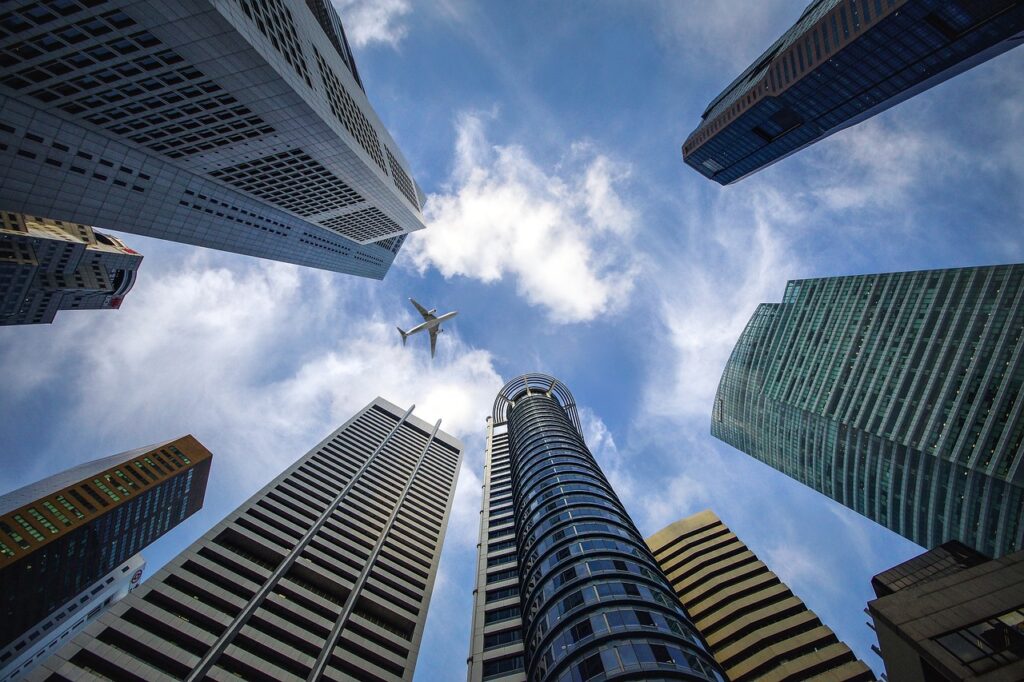
California is often at the top of the list when it comes to air pollution, especially in areas like Los Angeles and the Central Valley. The state’s geographical features—like its sprawling valleys and coastal mountains—trap smog, making air quality a significant concern. With a population of nearly 40 million people and major industrial activity, California sees a lot of traffic emissions, power plant pollution, and agricultural air contaminants. The combination of heavy vehicle use, dry conditions, and high temperatures can lead to ozone formation, which worsens air quality.
Despite the challenges, California has made significant strides in improving air quality. The state has implemented rigorous emission standards for cars and industries, and many urban areas have adopted green initiatives like electric buses. However, even with these efforts, the sheer scale of California’s population and industry still leads to unhealthy air quality days. Areas like Los Angeles regularly struggle with air pollution, especially during the summer months, when conditions are ripe for smog to linger.
2. The Smoggiest: Texas

Texas, particularly cities like Houston and Dallas, is another state with frequent air quality issues. Houston’s industrial activity, combined with high levels of vehicle emissions and petrochemical plants, contributes to significant air pollution. Like California, Texas is often affected by high ozone levels, which can cause smog that blankets the area. According to a report by the Environmental Integrity Project, the state’s warm climate and geographical conditions help trap pollutants close to the ground, further exacerbating air quality problems. Major metropolitan areas face pollution challenges from both industrial activity and urban sprawl, which has led to unhealthy air on multiple occasions.
Additionally, the Texas oil industry plays a part in the state’s air pollution issues. Oil refineries and natural gas facilities emit volatile organic compounds, which react with sunlight to create ozone. This has made parts of Texas some of the smoggiest areas in the country, especially in the summer. While Texas has taken steps to improve air quality in recent years, particularly through stricter vehicle emissions standards, the state’s rapid growth continues to put pressure on its environment.
3. The Smoggiest: Pennsylvania

Pennsylvania, with its large industrial sector and dense urban areas, ranks high on the smog list. Cities like Pittsburgh and Philadelphia experience poor air quality due to a combination of heavy industry, coal-fired power plants, and vehicle emissions. The state’s history as an industrial hub has left lasting effects on its air quality, and while there have been efforts to clean up, the smog can still be a significant problem, especially in heavily populated regions,, according to the American Lung Association. In the warmer months, the state’s air pollution peaks, leading to higher levels of ground-level ozone, which creates smog.
In addition to industrial pollution, the state also faces challenges from vehicle emissions. As one of the most populated states in the Northeast, Pennsylvania’s highways and urban areas see significant congestion, adding to the pollution levels. Despite improvements in air quality over the years, Pennsylvania remains one of the states with frequent smog warnings, and residents of cities like Pittsburgh may deal with unhealthy air days several times a year.
4. The Smoggiest: New York
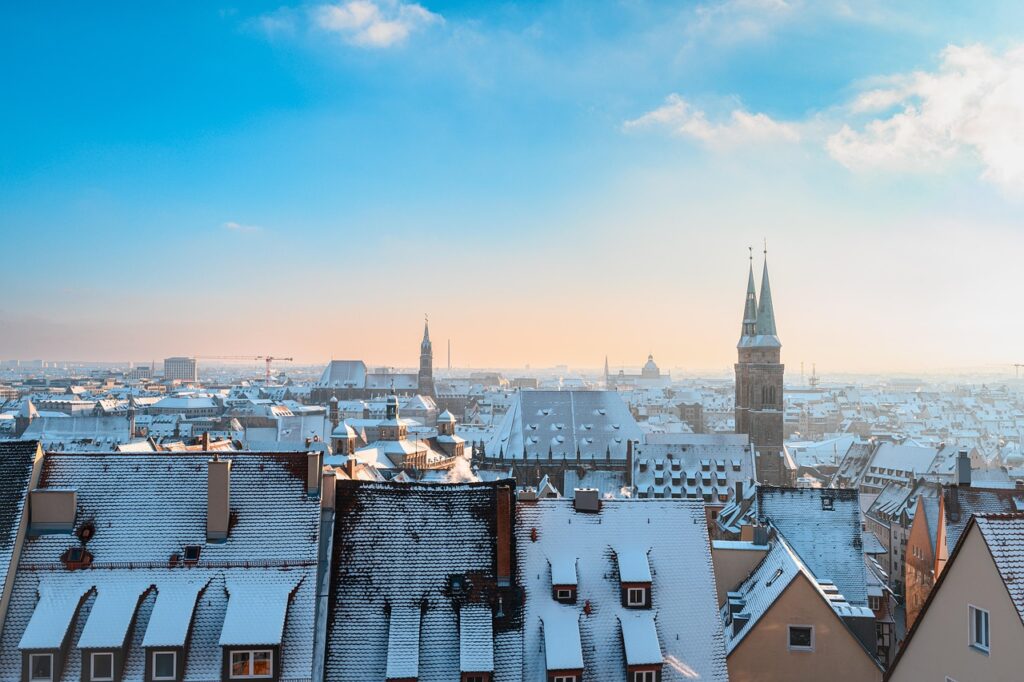
New York State, particularly New York City, suffers from significant air pollution due to the combination of dense traffic, high population density, and industrial emissions. As one of the largest cities in the world, New York City faces air quality issues from the millions of vehicles on the road, as well as power plants and factories that contribute to pollution. The summer months often see spikes in ground-level ozone, making the air difficult to breathe, especially for people with respiratory issues. The dense urban setting can also lead to the trapping of pollutants in the city’s streets, leading to smoggy conditions.
However, New York has been working to improve its air quality, investing in cleaner energy sources and expanding public transportation options. Still, the sheer number of vehicles and buildings in the state’s major urban centers continues to contribute to the state’s smog problems. While New York City is the most prominent offender, other areas of the state, like the industrial regions upstate, also face air quality challenges.
5. The Smoggiest: Nevada

Nevada is not typically thought of as a state with air quality issues, but cities like Las Vegas experience frequent smog episodes due to rapid growth and vehicle emissions. Las Vegas has one of the highest levels of air pollution in the country, especially during the summer months when high temperatures and sunlight react with pollutants in the atmosphere, creating ozone. The rapid development of the area, which includes construction and expansion of highways, adds to the pollution load. As a desert state, Nevada also faces dust storms, which can contribute to poor air quality in addition to smog.
The state has made strides in addressing air quality, particularly by improving vehicle emission standards and promoting clean energy solutions. However, as Nevada’s urban population grows, the strain on its air quality continues. Las Vegas, in particular, suffers from high levels of pollution due to its rapid urbanization and reliance on automobiles.
6. The Smoggiest: Arizona
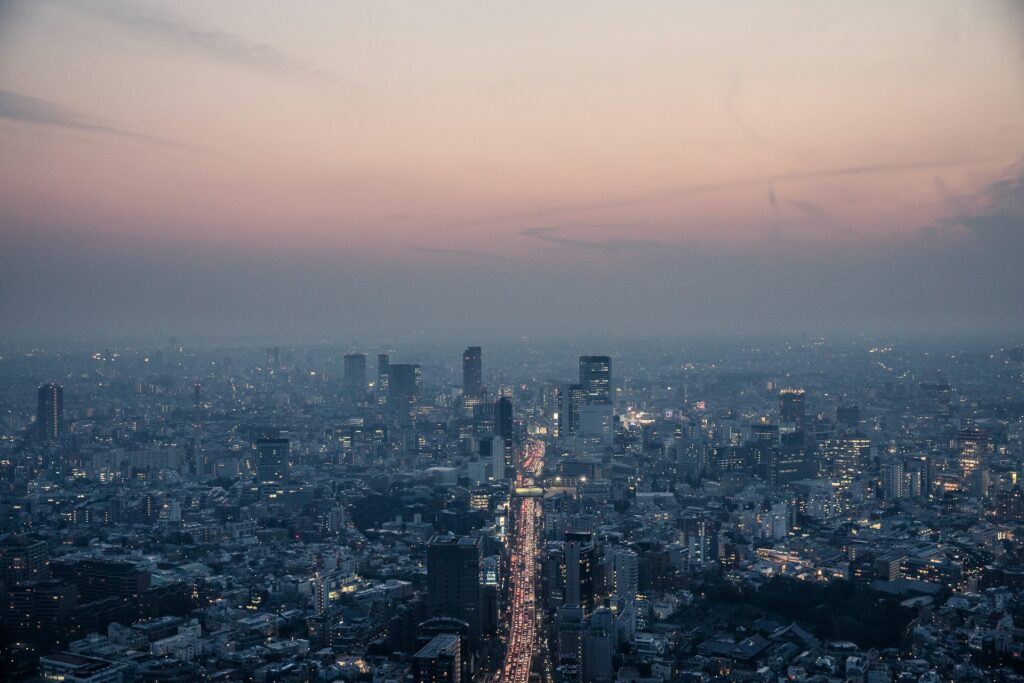
Arizona, especially cities like Phoenix and Tucson, also struggles with air quality due to the combination of rapid urban development, high temperatures, and vehicle emissions. Phoenix is notorious for its smog, which forms during the hot summer months when sunlight reacts with pollutants from cars, factories, and power plants. The city’s geographical location in a desert valley makes it more prone to air pollution, as the surrounding mountains trap smog within the area. Additionally, the dry conditions in Arizona often contribute to dust and particulate pollution, which further worsens air quality.
While Arizona has made efforts to reduce air pollution, the rapid growth of its urban areas continues to challenge its air quality management. Phoenix, with its sprawling urban development and high population density, remains one of the smoggiest cities in the country. The state’s growing reliance on cars, as well as its industrial activity, contributes to the ongoing struggle with air pollution.
7. The Smoggiest: Illinois

Illinois, particularly the Chicago metropolitan area, suffers from air quality issues due to high levels of traffic, industrial emissions, and regional pollution. Chicago, as one of the largest cities in the country, has a dense population and significant vehicular traffic, both of which contribute to poor air quality. In addition, the region’s heavy reliance on coal for power generation has made it one of the more polluted areas in the United States. The combination of industrial and transportation emissions leads to high levels of ground-level ozone, which can create smog.
Efforts to improve air quality in Illinois have been made, including stricter vehicle emissions standards and more green initiatives, but Chicago and its surrounding areas continue to face significant challenges. The city’s population density, along with nearby industrial operations, keeps Illinois near the top of the list for smog levels. Residents often deal with unhealthy air days, particularly during the summer months when smog levels are at their highest.
8. The Smoggiest: Ohio

Ohio, with cities like Cleveland, Cincinnati, and Columbus, faces air quality issues due to heavy industrial activity and traffic emissions. The state’s manufacturing sector, particularly in steel and other heavy industries, contributes to high levels of pollution in the air. Ohio also experiences high levels of ozone during the summer months, creating unhealthy air conditions. The state’s combination of industrial pollution and vehicle emissions leads to frequent smog episodes, which can be particularly harmful for those with respiratory issues.
While Ohio has made progress in reducing its pollution levels in recent years, especially with the closure of older industrial plants, it still faces challenges. The state’s urban areas remain heavily impacted by poor air quality, particularly in regions near manufacturing hubs. Despite efforts to combat air pollution, Ohio’s cities continue to deal with the consequences of industrialization and traffic congestion.
9. The Smoggiest: Georgia

Georgia, particularly around Atlanta, has long struggled with air pollution due to its high population density and significant vehicle emissions. The city of Atlanta has some of the worst air quality in the Southeast United States, and it regularly faces unhealthy levels of smog, particularly in the warmer months. The heavy traffic congestion in the city, combined with high ozone levels, leads to poor air quality. Georgia’s relatively hot climate and urban sprawl contribute to the development of smog in its major cities.
Efforts to improve air quality in Georgia have focused on stricter vehicle emissions standards and public transportation initiatives. However, the state’s rapid urbanization and heavy reliance on cars continue to impact its air quality. Atlanta, in particular, remains one of the smoggiest cities in the country, and Georgia struggles to combat the pollution from its growing population and industrial activity.
10. The Smoggiest: Michigan

Michigan, particularly around Detroit, suffers from air pollution caused by industrial emissions, vehicle exhaust, and urban sprawl. Detroit, as a historical industrial hub, faces challenges in reducing pollution from manufacturing plants and transportation. The city’s high population density and the reliance on cars for commuting exacerbate the problem, leading to smoggy conditions, especially during the summer months when high ozone levels are common. Additionally, Michigan’s location near the Great Lakes means that pollution from nearby areas often drifts into the state, further complicating air quality management.
Despite efforts to improve air quality in Michigan, including stricter vehicle emission standards and environmental regulations, Detroit and other urban areas still struggle with high levels of smog. The state’s industrial history and reliance on manufacturing contribute to ongoing air quality issues, making Michigan one of the smoggiest states in the country.
1. The Freshest: Hawaii

Hawaii ranks as one of the states with the freshest air in the U.S., thanks to its isolated location in the Pacific and relatively low population density. The IQAir website reports that Hawaiian Islands are surrounded by the ocean, which helps clear the air and keeps pollutants from accumulating. Additionally, Hawaii’s strict environmental regulations and focus on renewable energy sources help keep air quality high. The state’s lush vegetation, including rainforests and volcanic landscapes, also helps filter out pollutants and maintain clean air.
One of the main reasons for Hawaii’s fresh air is its low levels of industrial activity compared to other states. The islands have made significant strides in promoting sustainable practices, including solar energy and green building initiatives. Visitors to Hawaii often remark on the clean, crisp air, which adds to the overall appeal of the state’s natural beauty.
2. The Freshest: Vermont
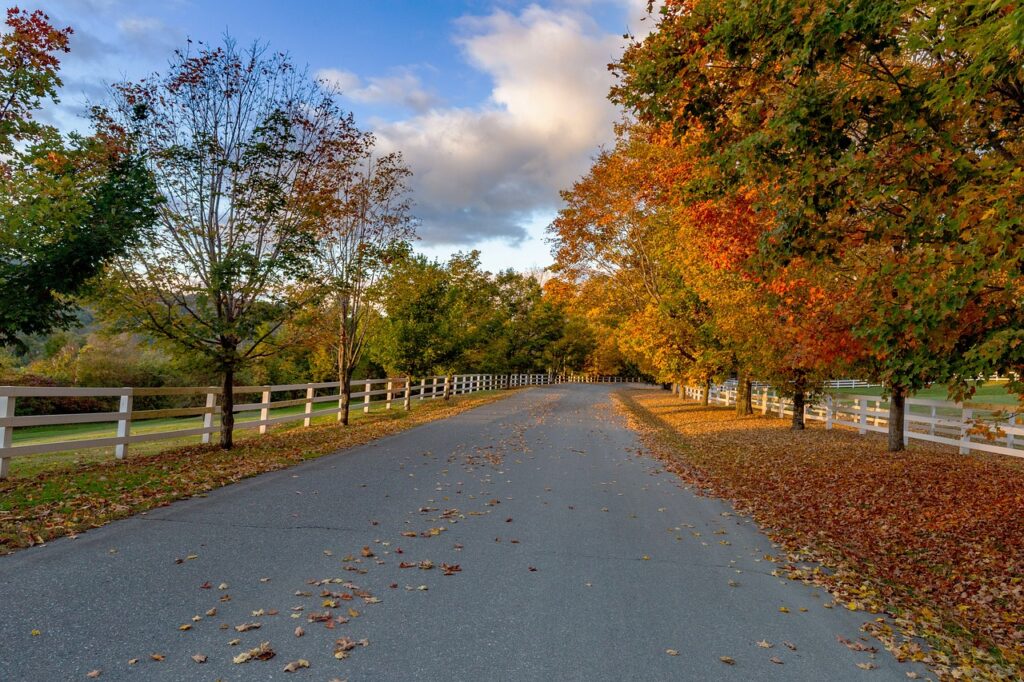
Vermont is another state known for its fresh air, and it’s largely due to its small population and abundant forests. The state is home to some of the cleanest air in the nation, with vast rural areas and minimal industrial activity. Vermont’s natural landscape, with its mountains and forests, plays a major role in maintaining air quality. The lack of major urban centers means fewer emissions from traffic and industry, allowing the air to remain clean and crisp year-round.
Vermont has also made a concerted effort to preserve its environment through sustainable policies and a strong focus on renewable energy. These efforts, combined with the state’s geography, make Vermont a standout when it comes to fresh, clean air. Residents enjoy some of the best air quality in the country, and the state’s commitment to environmental preservation ensures that this remains the case.
3. The Freshest: Maine

Maine is a beautiful state known for its rugged coastline, forests, and tranquil rural areas, all of which contribute to its high air quality, according to the American Lung Association. With a relatively low population density and limited industrial activity, Maine enjoys some of the cleanest air in the country. The state’s abundant natural resources, including its vast pine forests, help filter the air and absorb pollutants. Coastal breezes also keep the air fresh and prevent smog from building up. Maine’s commitment to environmental conservation ensures that its air remains among the freshest in the U.S.
In addition to its pristine natural environment, Maine has a strong commitment to sustainability. The state encourages green practices like energy efficiency and renewable energy use, and many communities are actively engaged in conservation efforts. As a result, the air quality in Maine is consistently good, making it one of the best states for those who value fresh, clean air. The combination of low pollution and abundant nature makes Maine a perfect destination for those seeking an escape to the outdoors.
4. The Freshest: New Hampshire
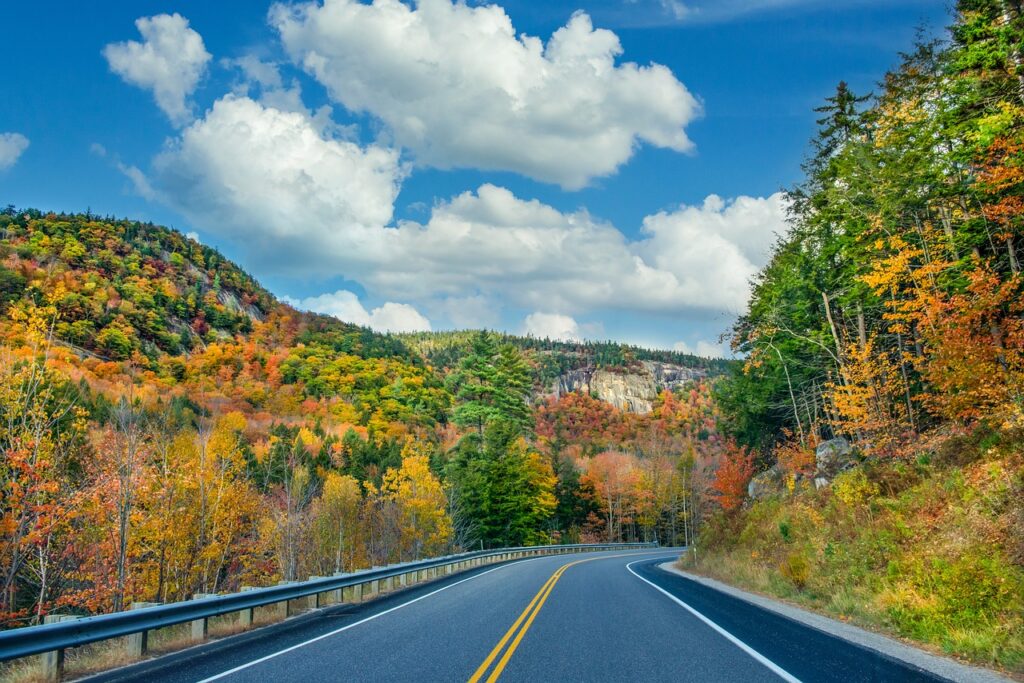
New Hampshire, with its picturesque mountains and small towns, is another state with outstanding air quality. The state’s geographic location, nestled in the northeastern U.S., means it benefits from strong winds that help clear away pollutants. New Hampshire also has a low population density, reducing emissions from transportation and industry. Its forests, lakes, and rivers act as natural air purifiers, ensuring that the air remains fresh and clean throughout the year. The state’s rural landscape, combined with its commitment to environmental conservation, helps maintain this excellent air quality.
In addition to its natural advantages, New Hampshire has made efforts to maintain air quality through policies that promote clean energy and reduce pollution. The state has a strong focus on environmental protection, with initiatives to reduce carbon emissions and improve energy efficiency. These efforts, along with New Hampshire’s low levels of industrialization, make it one of the freshest states in terms of air quality. For residents and visitors alike, the crisp, clean air is a welcome reminder of the state’s dedication to preserving its natural beauty.
5. The Freshest: Montana
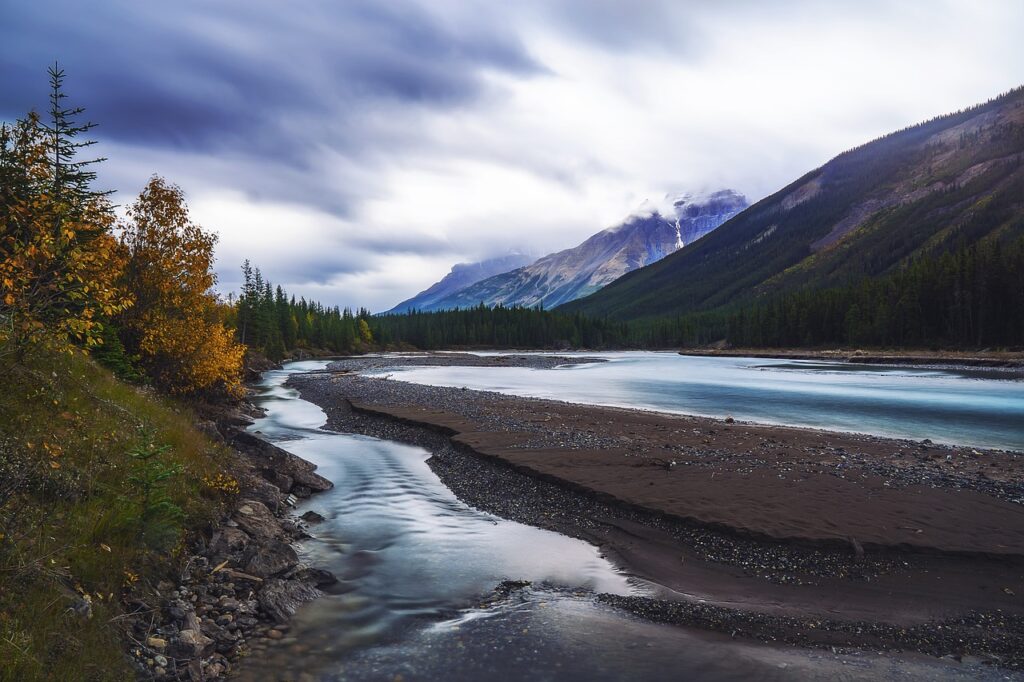
Montana is another state known for its clean air, thanks to its expansive natural landscapes and low population density. The state is home to vast forests, mountains, and wide-open plains, all of which help keep the air fresh and unpolluted. Montana’s air quality benefits from the lack of major industrial activity, allowing the air to remain free from the emissions commonly found in more urbanized areas. Additionally, the state’s low population means fewer vehicles on the road, further reducing the risk of pollution.
Montana’s commitment to preserving its natural beauty is reflected in its environmental policies, which aim to protect the state’s air and water quality according to AQI. The state has also been proactive in supporting clean energy initiatives, which help reduce its carbon footprint. With its abundance of wilderness and focus on sustainability, Montana is a haven for those who appreciate fresh, clean air. Whether you’re hiking in the Rocky Mountains or exploring the Great Plains, the air in Montana is as crisp and refreshing as its stunning landscapes.
6. The Freshest: Wyoming

Wyoming, known for its expansive plains and majestic mountain ranges, boasts some of the cleanest air in the United States. With a population of just over half a million people, Wyoming benefits from a low population density, which means fewer vehicles and less industrial activity contributing to air pollution. The state’s vast, open spaces and lack of large urban centers make it an ideal location for fresh, unpolluted air. In addition to its geographical advantages, Wyoming’s winds help carry away any pollution that might accumulate, ensuring that the air remains clean.
Wyoming has a strong commitment to preserving its natural environment, and the state’s policies are designed to maintain its air quality. There is a focus on energy conservation and sustainable practices, and much of the state’s economy is based on natural resource extraction, which, when done responsibly, has less of an impact on air quality than industrial manufacturing. Wyoming’s pristine air is one of its most prized assets, and the state works hard to maintain it for both residents and visitors to enjoy. For those seeking fresh air, Wyoming’s wide-open spaces and clean atmosphere provide the perfect escape.
7. The Freshest: North Dakota

North Dakota, with its vast grasslands, rolling hills, and low population, enjoys excellent air quality. The state’s rural nature means that there is little in the way of industrial emissions or traffic pollution. With large areas of wilderness and farmland, the air in North Dakota is as pure as it gets. Additionally, the state’s northern location means that it benefits from winds that help clear the air and keep pollutants at bay. North Dakota’s commitment to environmental stewardship and its low levels of development contribute to its pristine air quality.
Despite its small size, North Dakota is known for its strong environmental policies, which support clean energy and sustainable agriculture. The state’s focus on maintaining its natural beauty and resources has helped preserve its air quality. For residents and visitors alike, North Dakota offers some of the cleanest air in the country. Whether you’re exploring the Badlands or simply enjoying the wide-open spaces, the fresh air is a reminder of the state’s dedication to preserving its environment.
8. The Freshest: Alaska

Alaska, with its vast wilderness and minimal population, is one of the best states in the U.S. for fresh, clean air. The state’s rugged landscapes, from towering mountains to expansive forests, play a significant role in maintaining air quality. Alaska’s remote location and low levels of industrial activity help keep pollution levels to a minimum. The state’s natural air purifiers, including its forests, wetlands, and glaciers, help ensure that the air remains crisp and fresh year-round. Additionally, Alaska’s cold climate helps keep smog and ozone from forming, making the air even cleaner.
Alaska is also committed to preserving its natural resources and protecting the environment. The state has taken steps to reduce carbon emissions and promote clean energy solutions, which helps maintain its pristine air quality. With its limited population and focus on environmental conservation, Alaska offers some of the freshest air in the country. Whether you’re exploring Denali National Park or watching the Northern Lights, you can enjoy the pure, fresh air that makes Alaska so unique.
9. The Freshest: Oregon
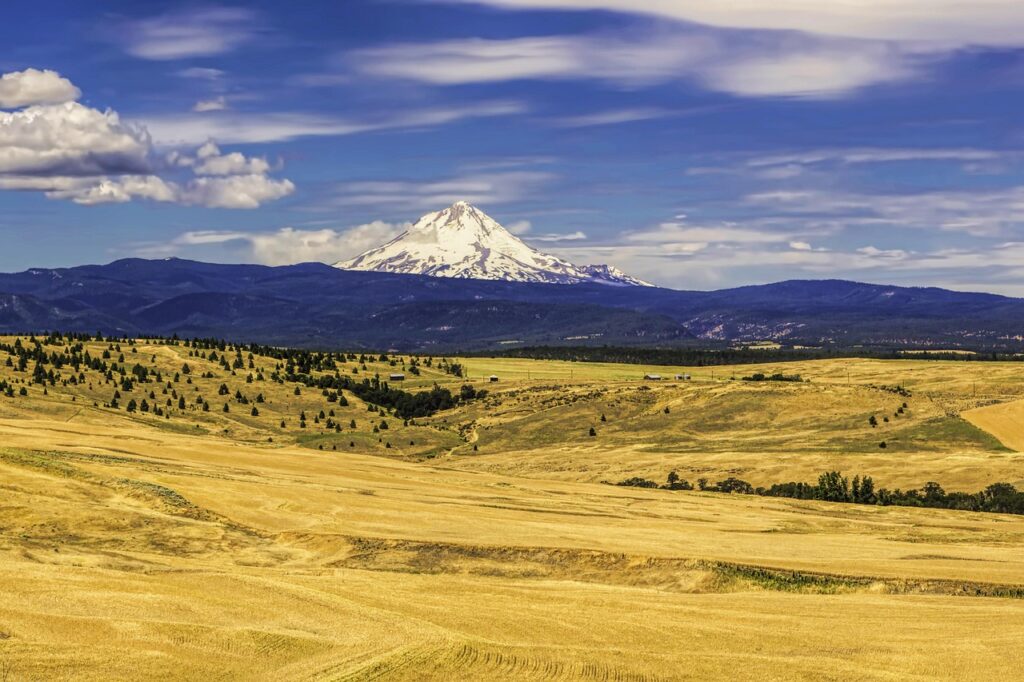
Oregon, known for its lush forests and stunning coastline, is another state with outstanding air quality. The state’s natural landscapes, including its many national parks and protected areas, help filter pollutants and maintain clean air. Oregon’s low population density, particularly in rural areas, means fewer emissions from vehicles and industry. Additionally, the state’s proximity to the Pacific Ocean means that ocean winds help clear the air and keep it fresh. With a focus on environmental conservation and sustainability, Oregon has made significant strides in maintaining its air quality.
Oregon’s commitment to clean energy and reducing pollution has contributed to its excellent air quality. The state is a leader in renewable energy initiatives, including wind and solar power, which help reduce carbon emissions and improve air quality. As a result, residents and visitors alike enjoy some of the cleanest air in the nation. Whether you’re hiking in the Cascade Mountains or enjoying the beauty of the Oregon Coast, you can breathe easy knowing that Oregon’s air remains among the freshest in the country.
10. The Freshest: Idaho

Idaho, with its vast forests, mountains, and rivers, is known for its fresh, clean air. The state’s low population and lack of major industrial centers contribute to its excellent air quality. Idaho’s natural landscape acts as a filter, removing pollutants and ensuring that the air remains crisp and clear. The state’s high-altitude regions, including the Rocky Mountains, help keep the air fresh by promoting natural air circulation and reducing the buildup of smog and ozone. As a result, Idaho consistently ranks among the states with the best air quality.
In addition to its natural advantages, Idaho has made efforts to preserve its air quality through policies that encourage renewable energy and sustainable practices. The state’s commitment to environmental conservation and its low levels of industrialization make it an ideal place for fresh, clean air. Whether you’re exploring the wilderness or simply enjoying the quiet beauty of Idaho’s landscapes, you can enjoy the fresh air that is one of the state’s greatest treasures.


